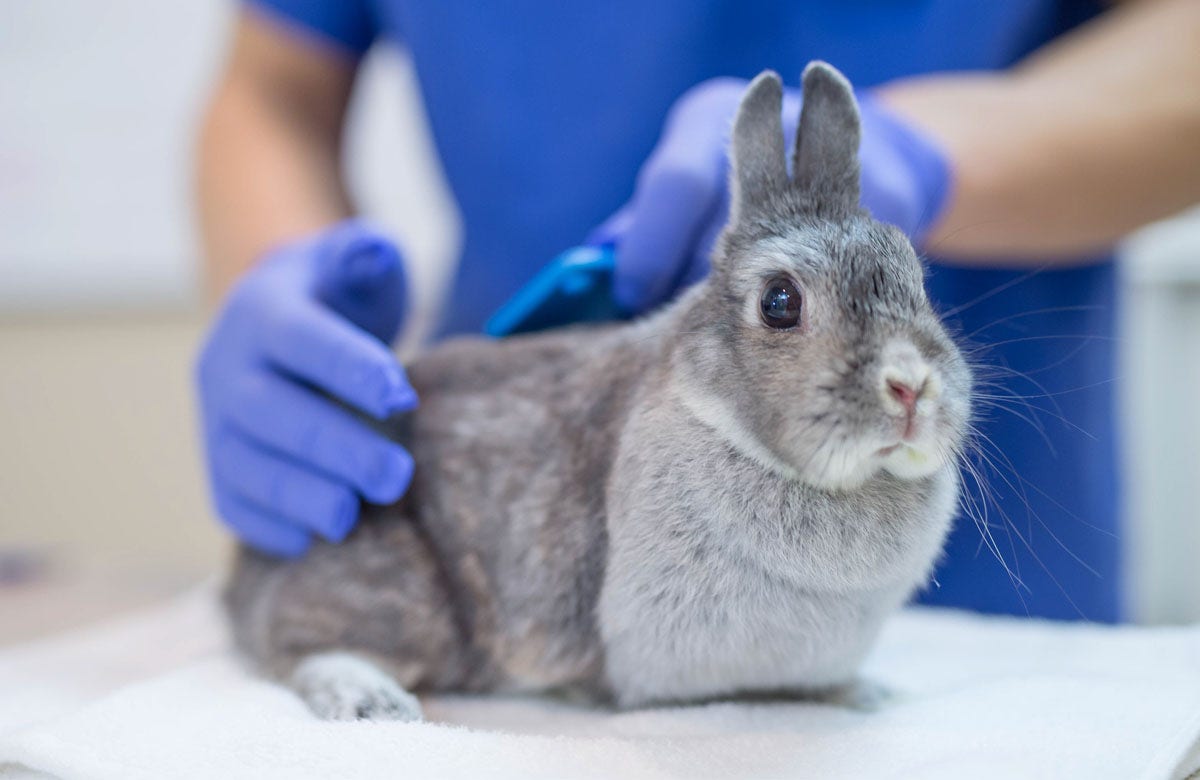To mark World Day of Neglected Tropical Diseasesthe UN agency has published a report Highlighting advances and challenges in care for these 20 diseases that affect the world’s poorest in particular.
NTDs are caused by a variety of pathogens, including viruses, bacteria, parasites, fungi, and toxins, and can be fatal. Other examples include Buruli ulcer, Chagas disease, chikungunya, rabies, scabies, and yaws.
stigma and distress
They are mainly distributed in tropical areas, especially in places where water security, sanitation, and access to health care are inadequate. These diseases often cause lifelong stigma and resulting economic hardship, and have devastating health, social and economic consequences.
Although nearly 180 countries and territories reported at least one case of NTDs in 2021, just 16 nations account for 80 percent of the global burden. Some worldwide 1.65 million people It is estimated that at least one of these diseases requires treatment.
“Around the world, millions of people have been freed from the burden of neglected tropical diseases that trap people in cycles of poverty and stigma.” said Tedros Adhanom Ghebreyesus, WHO Director-General.
“But as this progress report shows, we still have a lot to do,” he added.
Build on progress
The report showed that the number of people who needed NTD interventions fell by 80 million between 2020 and 2021.
In addition, eight countries had eradicated at least one of these diseases during this period. Last year it was 47 countries, and more were on track to meet that goal.
These achievements build on a decade of significant progress, according to the WHO, with 25 percent fewer people needing interventions in 2021 than in 2010.
Additionally, more than a billion people were treated for NTDs each year between 2016 and 2019.
The impact of COVID-19
However, the COVID-19 The pandemic has also had a significant impact on community-based interventions, access to health facilities, and health product supply chains.
As a result, 34 percent fewer people were treated between 2019 and 2020, although a general resumption of activity the following year with around 900 million people treated resulted in an 11 percent increase in recovery.
In 2020, WHO’s governing body, the World Health Assembly, endorsed an NTD roadmap for the coming decade and the report highlights the need for further action and investment reverse delays and accelerate progress.
Accountability, funding and partnerships
Fostering country ownership and accountability and sustainable and predictable funding will be key to delivering quality NTD services.
WHO also stressed the importance of intersectoral collaboration and partnerships.
Last week, the UN agency signed a new contract with Gilead Sciences, an American research-based biopharmaceutical company, for donating 304,700 vials of AmBisome, an antifungal drug used to treat visceral leishmaniasis in countries hardest hit by the disease, such as Bangladesh, Ethiopia, India, Kenya, Nepal and Somalia and South Sudan.
This new three-year collaboration, which extends a previous agreement through 2025, is valued at $11.3 million and will also support improved coverage and access to diagnosis and treatment.
WHO called on more partners and donors to fill existing gaps that impede the full implementation of NTD activities at global and local levels.





